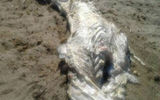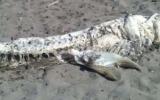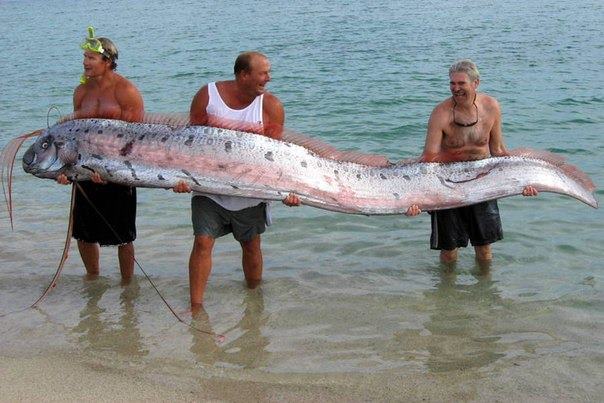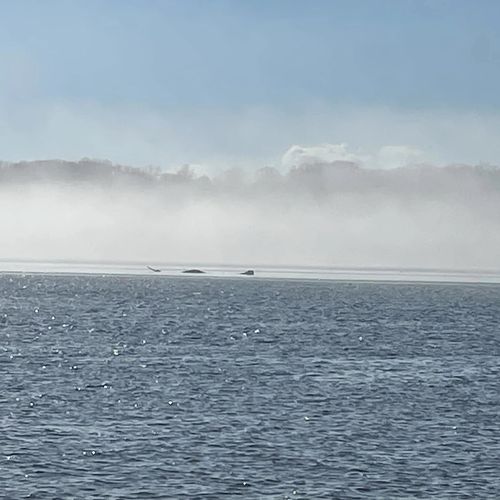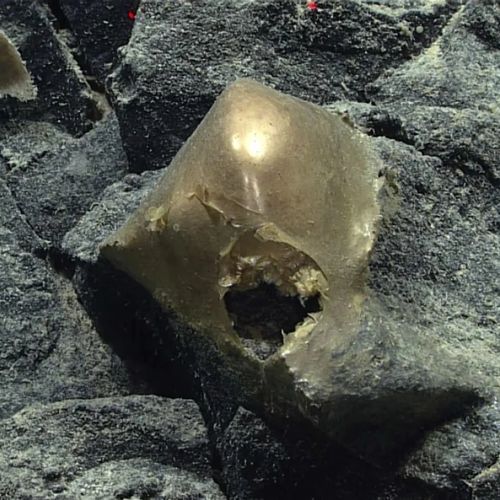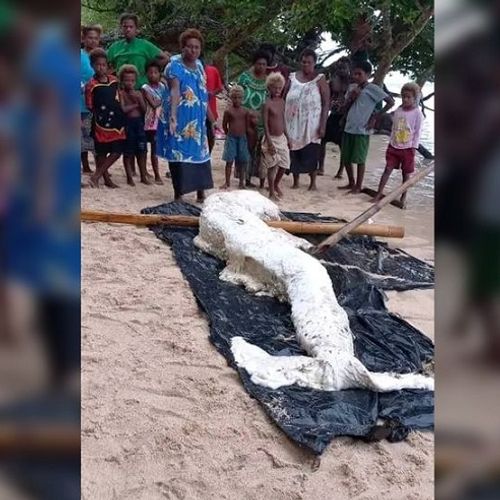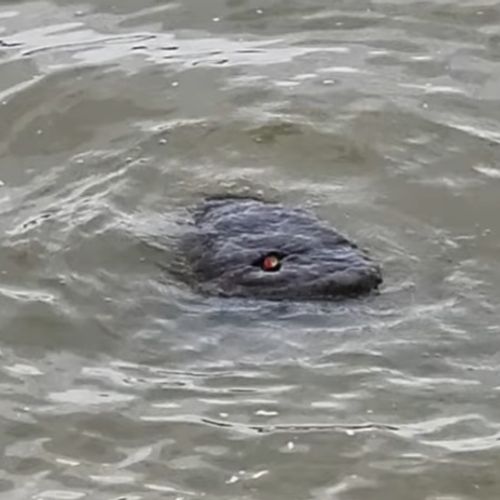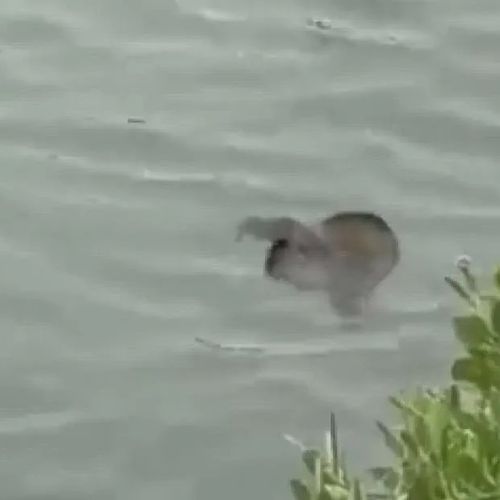| ID | #1638376617 |
| Added | Wed, 01/12/2021 |
| Author | July N. |
| Sources | |
| Phenomena | |
| Status | Investigation
|
Initial data
In Spain, the corpse of a mysterious creature was buried. Residents of the small town of Villaricos on the southeastern coast of Spain in Andalusia were shocked by the corpse of a strange sea animal of a mysterious creature thrown onto the beach. Zoologists regret that the "giant horned chupacabra" was hurried to be buried because of the disgusting smell.
A four-meter sea monster with horns was discovered in shallow water by a visitor to the beach, who immediately notified the local authorities about the strange find. They pulled him ashore and invited local biologists, who could not figure out who was thrown out by the deep sea.
"We have no idea what it is, but it smelled bad because of the decomposition process," Maria Sanchez, a representative of the local police department, told reporters. It is noted that the authorities of Villaricos hurried to bury the corpse of the animal before it was examined by zoologists.
Meanwhile, the Internet is trying to identify the "Spanish horned Chupacabra" by the few photos that were taken before its burial. Some users believe that for the first time they managed to see firsthand a relative of the Loch Ness monster, or the legendary sea serpent.
As suggested by the Villaricos police, the corpse of an eaglet, a deep–sea fish that lives in warm waters near Africa, was thrown onto the beach. In an interview, American zoologist Gary Griggs suggested that we are even talking about a belt fish, which is otherwise called the herring king. These inhabitants of the depths can reach a length of up to 11 meters.
Some Spanish zoologists suggest that it may simply be a badly decomposed shark corpse, but sharks belong to cartilaginous fish, while the "chupacabra" on Villaricos Beach had a bone skeleton. Finally, sharks don't have horns.
Hypotheses
Famous creatures
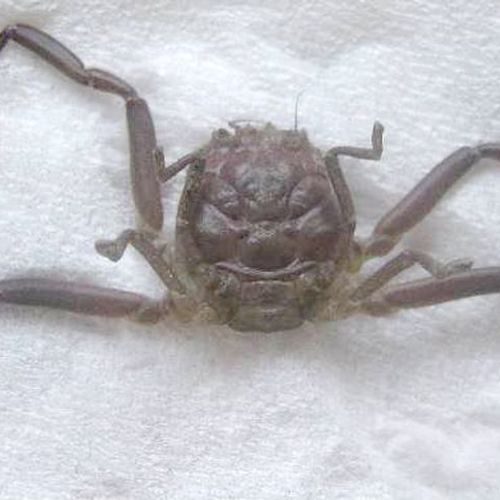
There are a huge number of different living organisms on our planet. According to recent estimates, the number of species of organisms on our planet is approximately 7-10 million. However, only 15% of the data are described today.
According to the calculations of Canadians, 2.2 million species live in the world's oceans, 6.5 million on land. There are only about 7.8 million species of animals on the planet, 611 thousand fungi, and 300 thousand plants.
Post-mortem changes
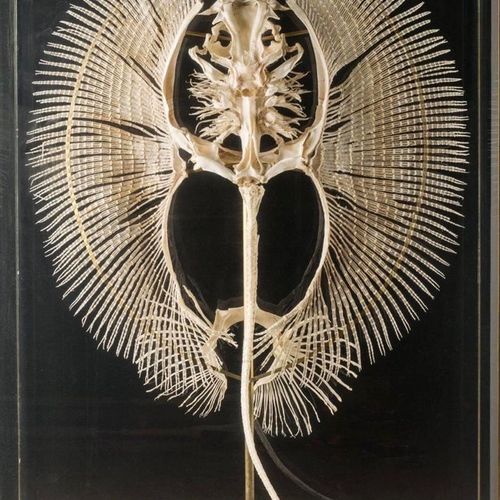
Because ordinary people are rarely familiar with the nuances of postmortem changes in organisms, it can often take them for something mystical.
Gray meat flies eat rotting tissue, leaving a sharp edge. This explains the "surgical" removal of organs and parts of the skin. However, such behaviors of the flies many take for the interference of aliens or attacked by unknown creatures.
The main signs of this injury:
Investigation
The appearance of the creature really resembles a half-decomposed herring king.
Resume
Similar facts
Log in or register to post comments
